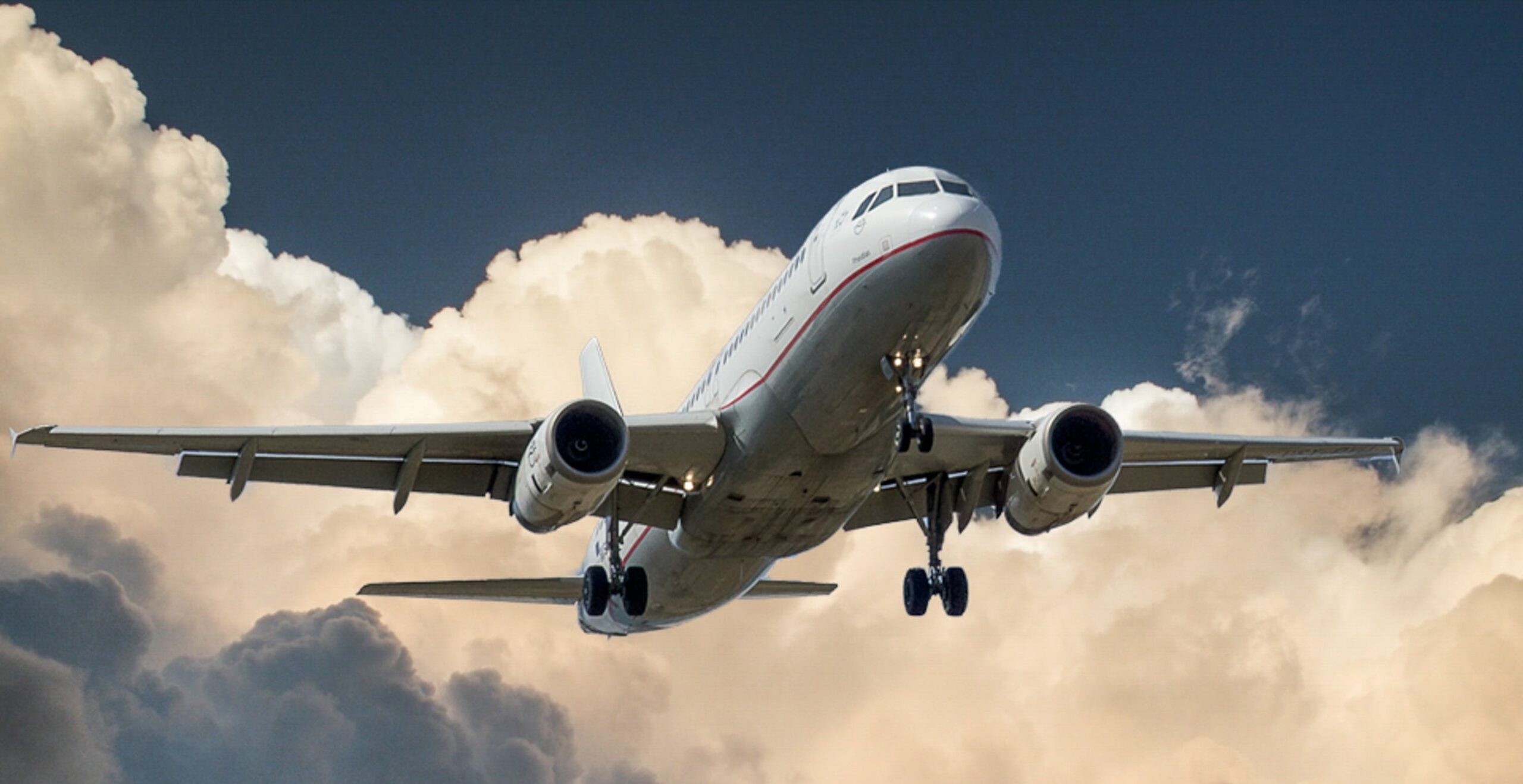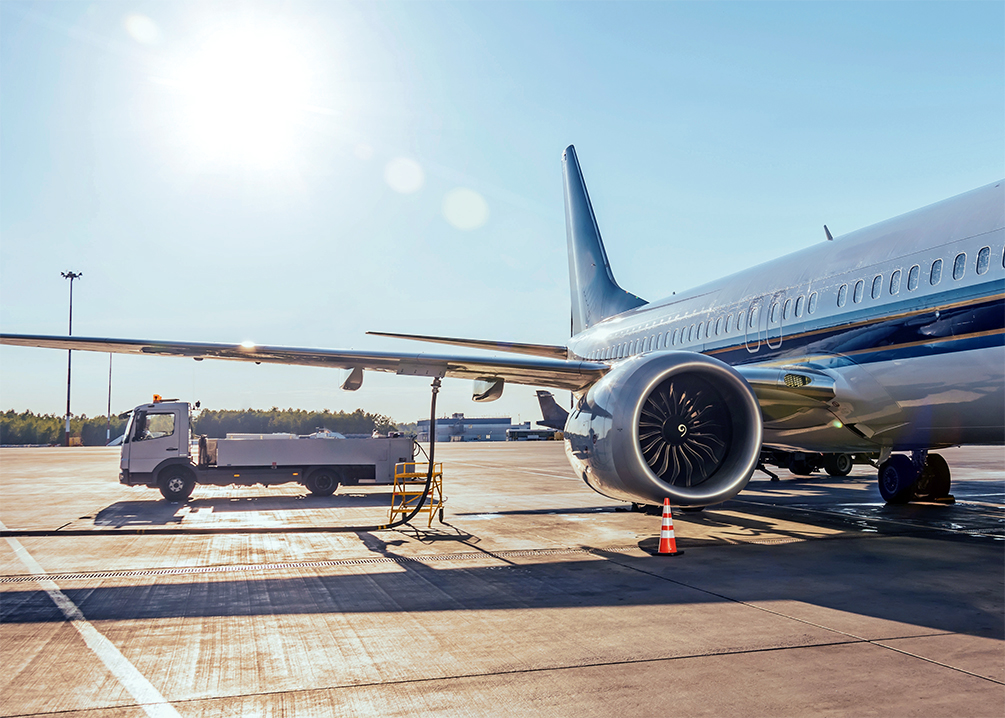
A J Walter Aviation
From my side, may I take this opportunity to pass on to you how easily and smoothly our Verifavia experience/approval has been. A considerable improvement from our last agency!

The United Kingdom Emission Trading Scheme (UK ETS), established post-Brexit, drives the UK’s climate efforts by managing emissions across various sectors, including aviation. Focused on collaborative progress, the scheme involves stakeholder engagement and public consultations to enhance strategic approaches. With a strong emphasis on Sustainable Aviation Fuel (SAF), the UK ETS exemplifies the nation’s dedication to reducing aviation emissions and fostering a sustainable future.
The UK Emissions Trading Scheme (UK ETS) is a cornerstone of the UK’s strategy to achieve net-zero emissions by 2050, applying to various sectors including aviation. The scheme mandates immediate surrendering obligations for aviation routes within the UK and to European Economic Area (EEA) territories, with exceptions for flights to crown dependencies (Isle of Man, Jersey, and Guernsey) and certain EU outermost regions.
Oversight and Adherence: The UK ETS ensures strict compliance, following timelines similar to the EU ETS. Operators comply by following detailed emissions monitoring plans (EMPs). A new reporting system is currently used Manage your UK Emissions Trading Scheme Reporting (METS).
Emissions Reduction and SAF Focus: Acknowledging the crucial role of Sustainable Aviation Fuel (SAF) in cutting emissions, the UK government actively engages stakeholders. The UK ETS encourages SAF adoption, emphasizing substantial emission cuts and a commitment to greener aviation practices.
SAF in UK ETS:
List of feedstock fuels, accepted by the Renewable Transport Fuel Obligation (RTFO) scheme, from which RTFO renewable fuels can be made. The information provided includes:
The list should be used in conjunction with the RTFO guidance.
Cap and Trajectory: The UK ETS sets an initial cap 5% below the UK’s expected share of the EU ETS cap for Phase IV. The cap reduces annually, ensuring alignment with environmental goals. The aviation component aligns with the EU ETS aviation cap, promoting efficiency and cost-effective abatement.
Offsets: While initial UK ETS rules exclude offsets, future reviews may reconsider their inclusion.
Exempted Flights: Schedule 1 of the Greenhouse Gases Emissions Trading Scheme Order 2020 specifies flights not mandatory for reporting. Operators with exempted flights must provide evidence to the verifier for verification before these flights can be considered exempt.
Linking with Swiss ETS: Flights departing from Great Britain (England, Scotland, and Wales) heading to Switzerland will fall under the reporting obligation of the UK ETS. Conversely, flights departing from Switzerland to the UK will reporting obligation under the Swiss ETS.
The process begins with NORMEC VERIFAVIA’s commercial team engaging with the operator. This stage involves a detailed definition of the operational scope, ensuring all parties have a clear understanding of the verification boundaries. The engagement is formalized through a contract, setting the stage for a structured and transparent verification process.
Operators are required to submit all relevant data and documentation for verification. This includes emissions reports, monitoring plans, and any other pertinent information as specified by NORMEC VERIFAVIA. The submitted data undergo a comprehensive review to ensure accuracy and completeness, with operators promptly notified of any discrepancies or the need for additional clarification.
Depending on the specific requirements set in the Greenhouse Gas Emissions Trading Scheme Order 2020 and guidance from the Environment Agency, a site visit is conducted. This can be either an on-site visit or a virtual visit, aimed at assessing the operational practices and verifying the accuracy of reported data in the context of actual operations.
Following the site visit, the verification team conducts an in-depth analysis of the provided data against the operational realities observed. This step is crucial for identifying any inconsistencies and ensuring the reported data accurately reflects the operator’s emissions.
An independent technical review is conducted on the entire verification process and findings. This review is in accordance with ISO 14065 standards and specific requirements of the UKETS. It serves to validate the verification work done and ensure compliance with all applicable standards. Based on this review, the final verification option is determined, indicating the level of assurance regarding the operator’s emissions data.
Upon successful completion of the technical review and finalization of the verification opinion, the report will be transmitted via METS.
Surrendering obligations under UK ETS will apply to the following routes
Note: Flights departing from the crown dependencies Isle of Man, Jersey, and Guernsey are not included in the reportable scopes of UK ETS
Flights performed by aircraft with a certified maximum take-off mass of less than 5,700 kilograms.
Note: Public Sector Obligation flights are not part of UK ETS aviation activity.
Yes, the UK ETS registry is used to record the below information under UK ETS only:
Allowance surrenders
The registry administrator will open an Aircraft Operator Holding Account (AOHA) in the UK ETS registry after the UK ETS regulator has issued and confirmed the Emissions Monitoring Plan (EMP). The administrator will contact the aircraft operator accordingly. This is the aircraft operator’s responsibility to maintain the AOHA and nominate two authorized representatives for the AOHA.
Commercial and non-commercial aircraft operators would not be subject to any obligations if they meet some criteria.
Commercial aircraft operators will not have any obligations if they meet any of the following criteria:
Non-commercial aircraft operators will not have any obligations if they operate flights with total annual emissions below 1,000 tonnes of CO2 per year, based on full-scope activity.
If an aircraft operator aims to use sustainable aviation fuels (SAF) / biofuels in the near future, the operator must update their Emissions Monitoring Plan (EMP) to describe the procedures for implementing and monitoring SAF use.
To make a successful emission reduction claim the operators is required to follow the below mentioned criteria:
Only Phase 1 of the UK ETS has been announced as of now and it is slated to run from 2021 to 2030, with two full system reviews.
Key Dates:
The Authority have decided to reset the UK ETS cap for 2021-2030 to make the UK ETS consistent with UK’s trajectory towards Net Zero by 2050.
Starting in 2024, the regulatory body has made the decision to set a cap on aircraft operators’ free allocation entitlement. The maximum entitlement will be restricted to 100% verified emissions. Any surplus-free allowances allocated to operators beyond this cap will be returned to the regulatory authority.
From January 1st, 2023, flights from Great Britain (England, Wales, and Scotland) to Switzerland will fall within the scope of the UK ETS. Conversely, flights from Switzerland to the UK (Great Britain and Northern Ireland) will be reported under CH ETS.
Yes. If a verification body has issued a recommendation, non-compliance and/or non-conformity in their verification report, the aircraft operator must submit an improvement report by 30 June (n+1 year).